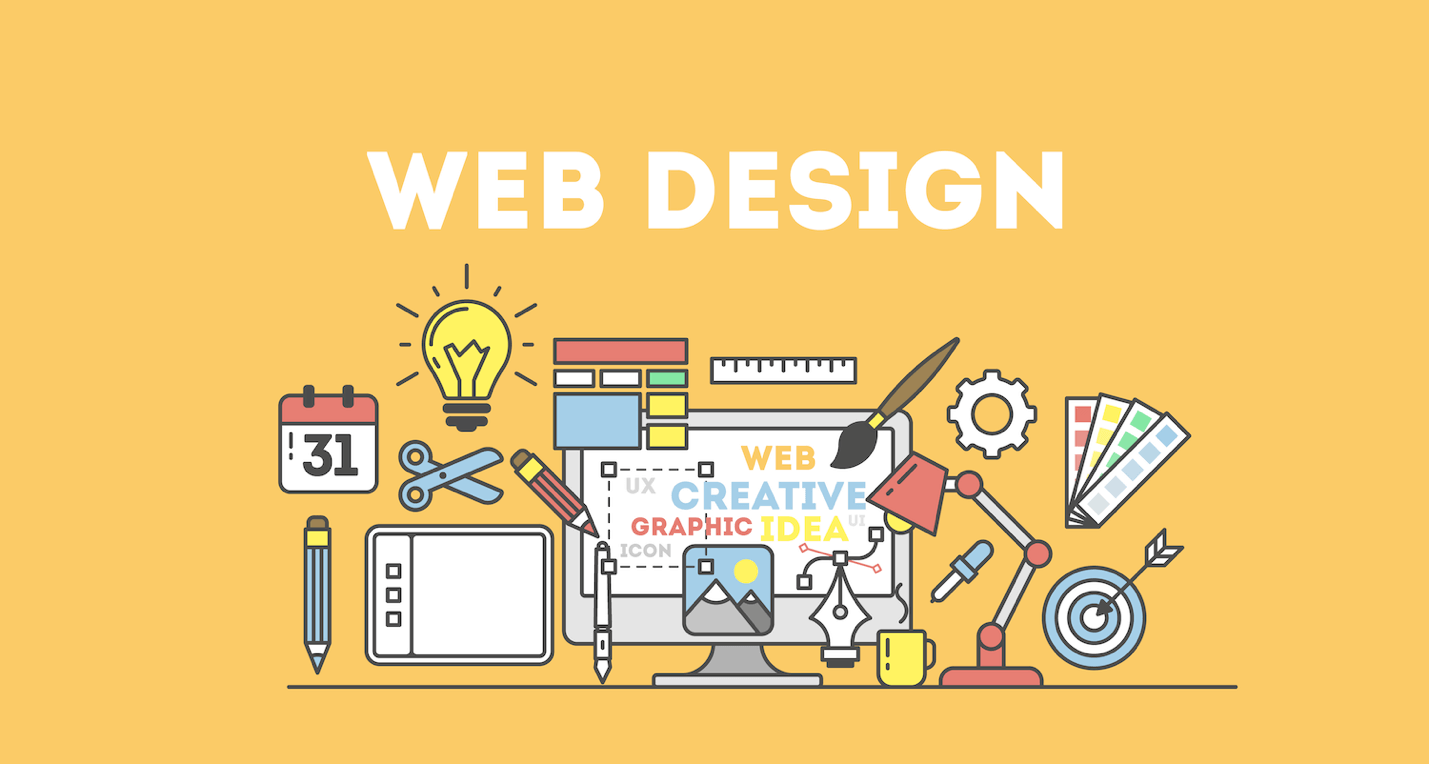Professional Website Design for Businesses Looking to Improve Leads
Leading Tips for Producing an Impactful Site Layout That Transforms
To accomplish this, one need to consider a range of factors, including recognizing the target audience, prioritizing user experience, and enhancing for mobile systems. The critical usage of engaging call-to-actions and a well-defined visual power structure plays an important function in leading individuals through their trip.

Understand Your Target Market
Comprehending your target market is essential to reliable website design, as it lays the groundwork for creating an engaging individual experience. Determining who your users are, including their demographics, preferences, and actions, makes it possible for developers to customize the web site's content, layout, and performance to satisfy particular demands.
Conducting detailed market study is vital in this procedure. Studies, meetings, and analytics can supply valuable insights into individual expectations and discomfort factors. By assembling this data, designers can develop customer identities that stand for various sectors of the audience, making certain that layout decisions are notified and relevant.
Furthermore, recognizing the target market aids in choosing appropriate style components such as color pattern, typography, and imagery that reverberate with users. A website that talks directly to its target market fosters a feeling of link and count on, encouraging longer visits and higher conversion prices.
Eventually, a user-centered approach to site layout not only improves customer complete satisfaction however also sustains business goals by driving engagement and loyalty. By focusing on the needs and choices of the target audience, an internet site can effectively offer its purpose and accomplish preferred results.
Prioritize User Experience
To boost the overall efficiency of a web site, prioritizing individual experience (UX) is necessary (Website Design). A well-designed UX ensures that visitors can browse the site effortlessly, discover details quickly, and involve with content meaningfully. This leads to enhanced customer contentment and higher conversion rates
Begin by carrying out intuitive navigation. Menus must be logically structured, allowing individuals to locate crucial locations of the site with minimal initiative. Uniformity in style aspects, such as color design and typefaces, promotes knowledge, which is important for keeping individual engagement.
Additionally, think about the loading speed of your website. A delay of simply a few secs can result in significant drop-offs, as customers are less most likely to wait on a slow-loading web page. Simplifying pictures and optimizing code can enhance performance and preserve site visitors.
Additionally, clearness in material presentation is important. Usage succinct, engaging language and break up message with visuals to improve readability. By focusing on user experience, you not only create a more pleasurable environment for visitors however additionally strengthen your brand's credibility. Ultimately, an emphasis on UX is an investment in the long-lasting success of your web site.
Optimize for Mobile Gadgets
Optimizing for mobile phones is vital in today's electronic landscape, where a boosting variety of individuals access websites with mobile phones and tablet computers. A mobile-friendly style not just boosts customer experience yet additionally plays a significant duty in boosting internet search engine positions. To attain this, it is vital to embrace a responsive layout that instantly adapts to numerous display sizes and orientations.

Filling speed is another vital factor; mobile individuals are generally much less individual and expect rapid accessibility to info. Optimize images and utilize internet browser caching to improve efficiency. Finally, examination your site on numerous tools and screen resolutions to identify and rectify any type of prospective usability problems. By prioritizing mobile optimization, you ensure that your website remains affordable and properly engages a broader audience.
Usage Compelling Call-to-Actions
An internet site's performance usually rests reference on its capability to lead visitors towards desired actions, making compelling call-to-actions (CTAs) necessary components of layout. official statement CTAs act as the essential factors that direct customers to involve with the website, whether that means making a purchase, registering for a newsletter, or downloading a resource.
To develop effective CTAs, quality is paramount. Use concise language that clearly communicates the activity you want the individual to take. Phrases such as "Get Begun," "Join Free," or "Shop Now" not just convey urgency but additionally get rid of uncertainty. The placement of CTAs is similarly important; they should be strategically positioned throughout the webpage to guarantee they are quickly visible, especially in high-traffic locations.
Additionally, take into consideration using directional signs, such as arrowheads or pictures, to guide customers toward these buttons. By focusing on these elements, services can dramatically boost customer engagement, driving conversions and inevitably achieving their internet site's objectives.
Concentrate On Visual Hierarchy
Efficient internet site layout counts heavily on a well-structured aesthetic hierarchy that overviews individuals with web content seamlessly. By organizing elements in a fashion that focuses on information, developers can enhance user experience and assist in decision-making. This involves making use of size, color, contrast, and spacing purposefully to accentuate the most important parts of a web page.
Making use of bigger fonts for headings and subheadings establishes a clear difference in between different areas, permitting users to scan material effortlessly. In addition, using contrasting colors for buttons and calls-to-action can sites capture individual focus and urge interaction. Whitespace is one more important element; it prevents clutter and makes it possible for users to concentrate on essential messages without interruptions.
Images and graphics should match the text while likewise adhering to the well-known hierarchy, reinforcing the general message (Website Design). Uniformity in style components, such as color pattern and typography, further strengthens the aesthetic hierarchy, making navigating instinctive

Verdict
Finally, reliable web site layout demands a thorough understanding of the target audience, prioritization of user experience, and mobile optimization. The strategic use of engaging call-to-actions and a distinct visual power structure better improves customer interaction. By implementing these concepts, websites can achieve greater conversion prices, ensuring that layout components not only bring in site visitors but also promote seamless navigating and interaction. Ultimately, a well-executed internet site layout serves as a vital element in driving user activities and achieving organization goals.